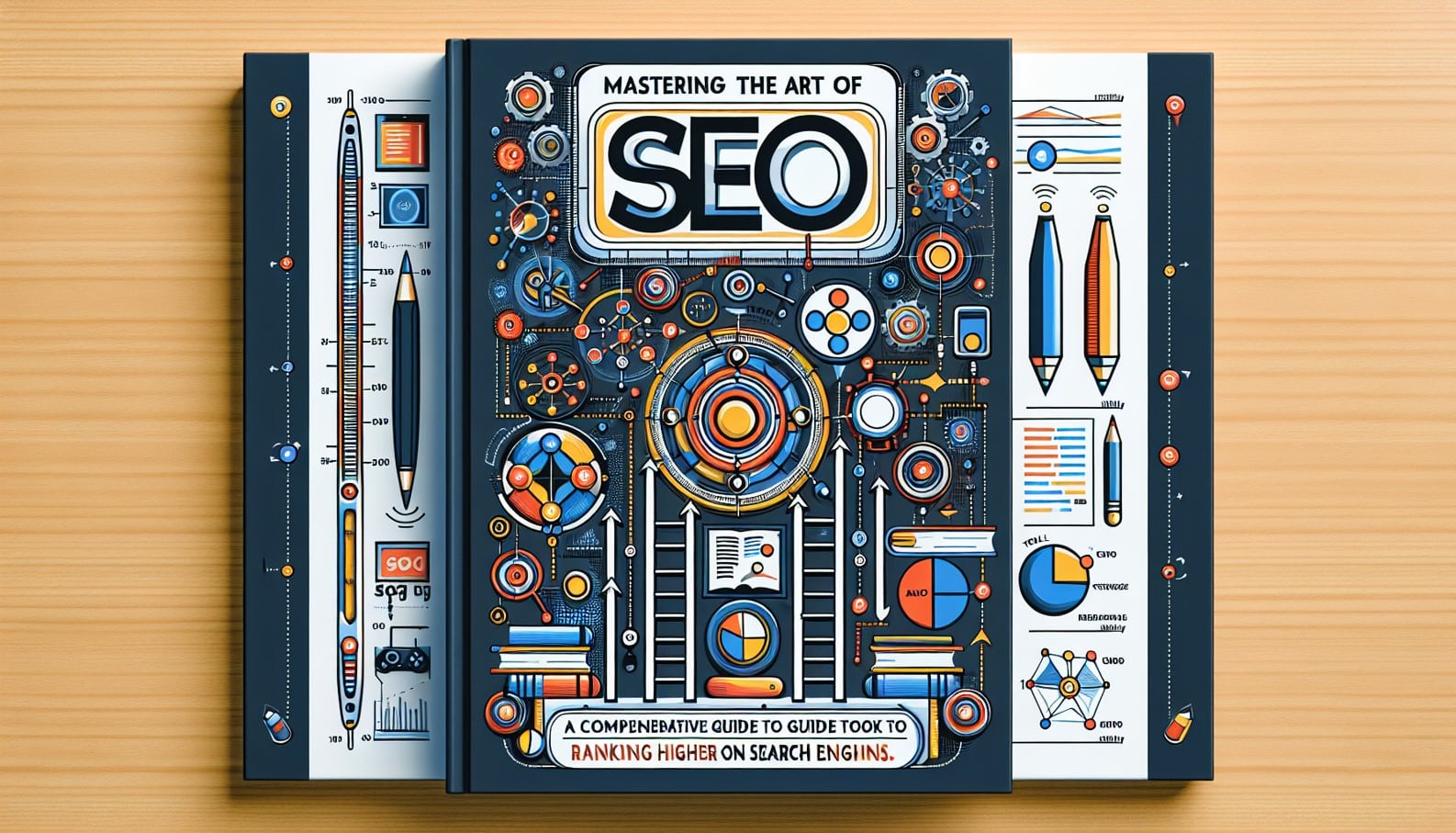Mastering the Art of SEO: A Comprehensive Guide to Ranking Higher on Search Engines
In today’s digital age, the popularity and success of any online venture are heavily dependent on SEO or Search Engine Optimization. SEO, in its simplest form, is the process of increasing website visibility to attract organic or non-paid traffic from the search engine results page. By mastering the art of SEO, businesses will not only experience increased website traffic but will also establish brand credibility and improve user experience.
Understanding SEO
Search Engines, like Google and Bing, use bots to crawl web pages on the internet, moving from site to site, collecting information about those pages, and putting them in an index. Algorithms then analyze pages in the index, considering hundreds of ranking factors, to determine the order pages should appear in the search results for a given query.
As an ongoing process, SEO requires continuous maintenance and tuning to stay effective. Though it might seem complex, understanding the basic principles can make a significant difference.
Here are strategies to master the art of SEO:
#1: Keyword Research
Keyword research is pivotal in tailoring your website content to match what your targeted audience is looking for. Identify relevant topics based on your industry and business, then use keyword research tools like Google Ads Keyword Planner, Moz Keyword Explorer, and SEMRush to find popular searched terms.
#2: On-Page SEO
On-page SEO involves optimizing individual webpages to rank higher and earn more relevant traffic. This includes crafting quality content with the right keywords, optimizing your headlines, HTML tags (title, meta, and header), and images. It also implies assuring that your website has a high level of expertise, authoritativeness, and trustworthiness.
#3: Off-Page SEO
Off-page SEO focuses primarily on building backlinks, that is, external sites linking back to yours. Google takes into account the number and quality of backlinks to a page when assigning a rank. Guest blogging, social media marketing, influencer marketing, and simply creating content that people desire to link to can all be effective strategies.
#4: Technical SEO
Technical SEO addresses the backend of your site — website structure, site speed, mobile optimization, indexing, crawling, site architecture, structured data, and security. By improving these aspects, you make your site more appealing to search engines, which can help improve ranking positions.
#5: User Experience
Google algorithm is favoring sites that offer a great user experience. This includes mobile-friendly websites, fast load times, easy navigation, and quality content that gives users an easy time reading and understanding.
#6: SEO Analytics
Utilize SEO analytics tools like Google Analytics and Search Console to monitor your SEO progress. Keeping track of your results allows you to delve deeper into what is working and what isn’t, helping you strategize effectively.
Getting top-notch search engine ranking takes time and patient. As search engine algorithms keep evolving, it becomes necessary to stay updated with SEO’s best practices.
In the words of Jill Whalen, a pioneering SEO consultant, “Good SEO work only gets better over time. It’s only search engine tricks that need to keep changing when the ranking algorithms change.”
So, start implementing these strategies to leverage the benefits SEO offers, and watch your site climb the ranks of the search ladder. Remember, it’s not about overnight success but rather about sustained, long-term growth in quality traffic and conversion rates.
In the dynamic, ever-changing world of SEO, mastering the art means committing to continuous learning and adapting accordingly. Remember, SEO is more than just ranking high on search engines; it’s about understanding your audience, meeting their needs, and delivering a positive user experience.


Leave a Reply